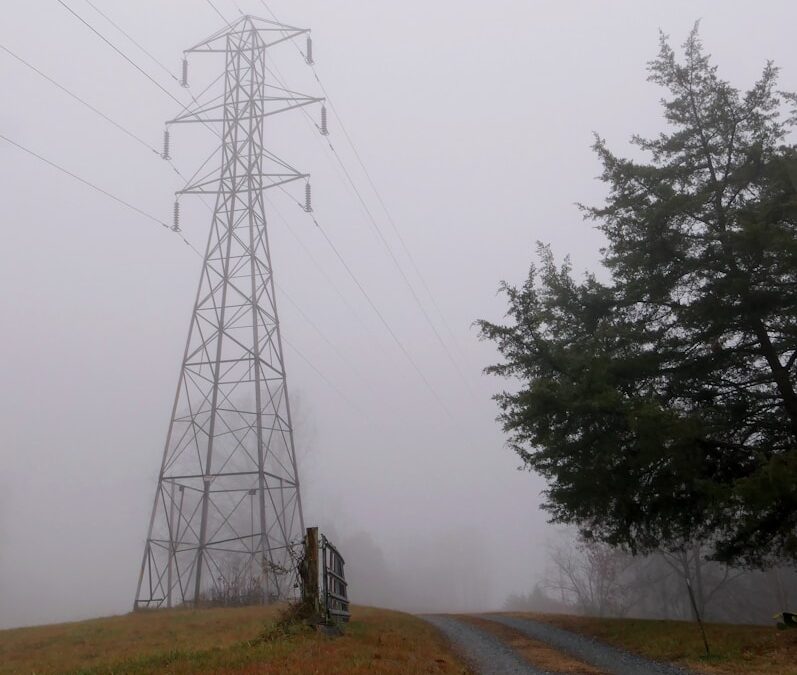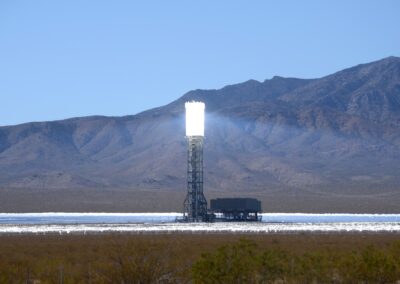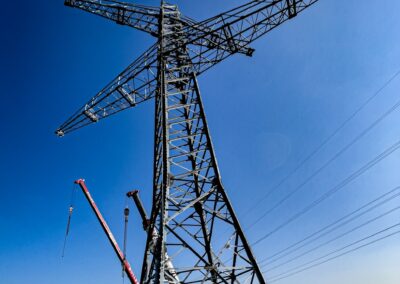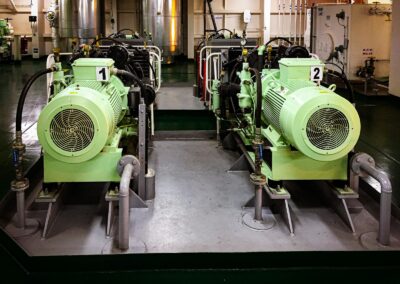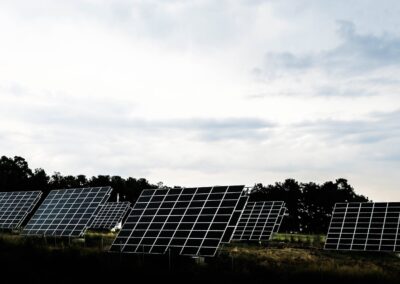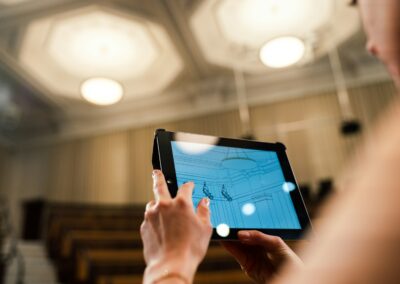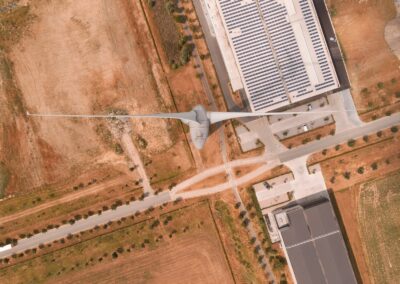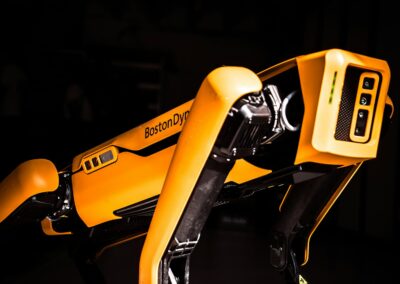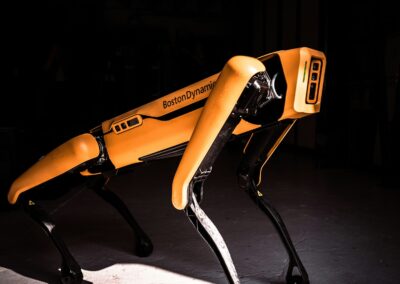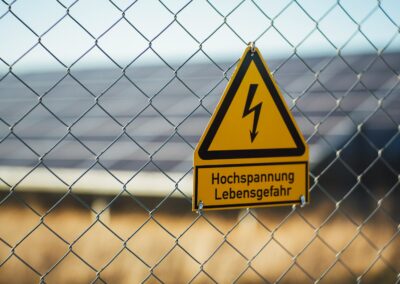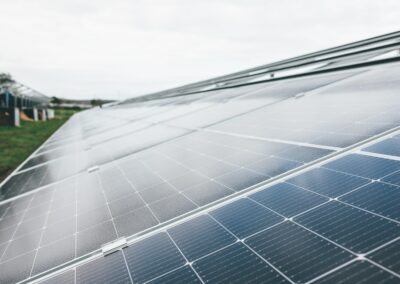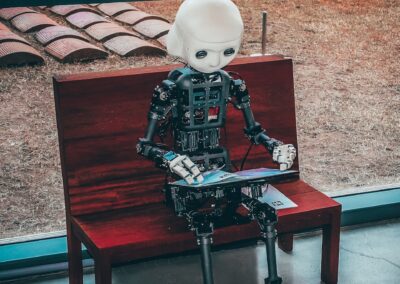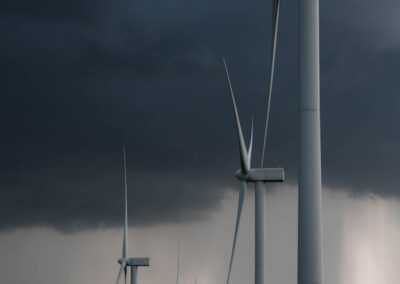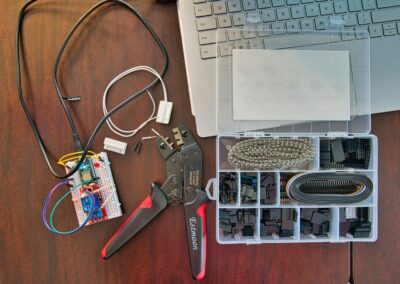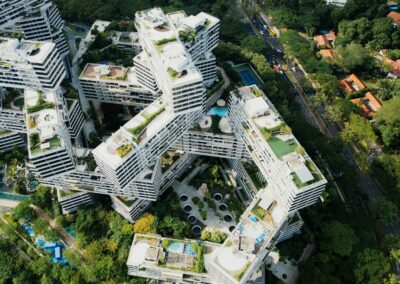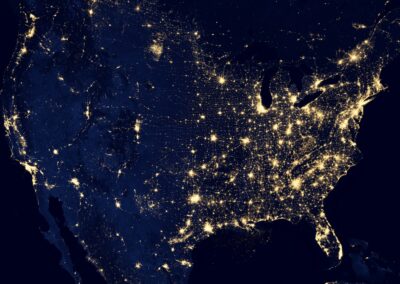Transforming Energy Management with Digital Twins
Introduction to Digital Twins in Energy Infrastructure
Digital twins in energy infrastructure management are revolutionizing how cities like Riyadh and Dubai manage their energy resources. By creating detailed virtual models and simulations, digital twins enable more efficient, reliable, and sustainable energy management. This technology allows for real-time monitoring, predictive maintenance, and optimized energy distribution, which is crucial for modern urban environments.
In the context of Saudi Arabia and the UAE, where rapid urbanization and industrial growth are ongoing, the integration of digital twins into energy infrastructure offers significant advantages. These regions are increasingly adopting smart city initiatives, and digital twins are at the forefront of these developments. They provide a comprehensive digital representation of physical assets, enabling energy managers to simulate and analyze various scenarios, from peak load management to the integration of renewable energy sources.
The use of digital twins is particularly relevant in addressing the challenges of energy infrastructure management. With the ability to create accurate virtual models, energy companies can predict potential issues, optimize performance, and make informed decisions. This not only improves operational efficiency but also contributes to sustainability goals by reducing energy waste and enhancing the use of clean energy sources.
Optimizing Energy Distribution with Digital Twins
One of the primary benefits of digital twins in energy infrastructure management is their ability to optimize energy distribution. By leveraging real-time data and advanced analytics, digital twins can simulate different energy distribution scenarios, identify bottlenecks, and recommend solutions. This ensures that energy is distributed efficiently and reliably, reducing the risk of outages and improving overall system performance.
For instance, in cities like Riyadh and Dubai, where energy demand can vary significantly, digital twins can help balance the load across the grid. By simulating peak demand periods, energy managers can plan and implement strategies to ensure a stable supply. This includes adjusting generation capacities, optimizing energy storage, and coordinating with distributed energy resources (DERs) such as solar panels and electric vehicles.
Moreover, digital twins support the integration of renewable energy sources into the grid. By creating virtual models of solar farms, wind turbines, and other renewable assets, energy managers can simulate their impact on the grid and optimize their placement and operation. This not only enhances the efficiency of renewable energy generation but also supports the transition to a more sustainable energy system.
Enhancing Predictive Maintenance and Operational Efficiency
Predictive maintenance is another critical application of digital twins in energy infrastructure management. By continuously monitoring the condition of energy assets and analyzing data from various sensors, digital twins can predict potential failures and recommend maintenance actions. This proactive approach reduces downtime, extends the lifespan of assets, and lowers maintenance costs.
In the context of Saudi Arabia and the UAE, where extreme weather conditions can impact energy infrastructure, predictive maintenance is particularly valuable. Digital twins can simulate the effects of high temperatures, sandstorms, and other environmental factors on energy assets, enabling energy companies to take preventive measures. This ensures that energy infrastructure remains resilient and reliable, even in challenging conditions.
Operational efficiency is also significantly improved with digital twins. By providing a holistic view of the entire energy system, digital twins enable energy managers to optimize performance, reduce energy losses, and improve overall efficiency. This includes optimizing the operation of power plants, enhancing grid stability, and coordinating with DERs. The result is a more efficient and reliable energy system that meets the needs of modern urban environments.
Implementing Digital Twins in Energy Infrastructure
Challenges and Solutions for Digital Twin Integration
Integrating digital twins into existing energy infrastructure presents several challenges. One of the main challenges is the high initial investment required for setting up digital twin technology. This includes the cost of hardware, software, and skilled personnel. However, the long-term benefits of improved efficiency, reliability, and sustainability often outweigh the initial costs.
To address this challenge, energy companies in regions like Riyadh and Dubai can adopt a phased approach. This involves starting with pilot projects to demonstrate the value of digital twins and gradually expanding their use. Additionally, government support and incentives can help offset the initial investment, encouraging wider adoption of digital twin technology.
Another challenge is data management. Digital twins rely on vast amounts of data from various sources, including IoT devices, sensors, and legacy systems. Ensuring the accuracy, consistency, and security of this data is crucial for the effective functioning of digital twins. Implementing robust data management frameworks and adopting standardized data formats can help address these challenges. Collaboration with technology providers and industry partners can also facilitate the integration of digital twins into existing energy systems.
Case Studies: Digital Twins in Action
Several successful case studies highlight the potential of digital twins in transforming energy infrastructure management. In Dubai, the Dubai Electricity and Water Authority (DEWA) has implemented digital twin technology to enhance the performance and reliability of its energy grid. By creating a digital replica of the entire energy network, DEWA can monitor and analyze real-time data, predict and prevent potential issues, and optimize energy distribution. This has resulted in significant improvements in operational efficiency and cost savings.
In Saudi Arabia, the NEOM project is leveraging digital twin technology to develop a sustainable and technologically advanced city. Digital twins play a crucial role in optimizing energy systems, enhancing infrastructure management, and ensuring efficient resource utilization. By simulating different scenarios and analyzing data from various sources, NEOM can create a resilient and sustainable energy system that meets the needs of its residents and businesses.
These case studies demonstrate the practical benefits of digital twins and provide valuable insights for other regions looking to adopt this technology. By learning from these examples and implementing best practices, energy companies in Riyadh and other parts of the UAE can successfully integrate digital twins into their energy infrastructure, achieving greater efficiency, reliability, and sustainability.
Conclusion: The Future of Energy Infrastructure Management
Digital twins are set to revolutionize energy infrastructure management by providing detailed virtual models and simulations. As Saudi Arabia, the UAE, and other regions continue to pursue ambitious smart city initiatives and sustainability goals, the adoption of digital twin technology will play a pivotal role in achieving these objectives. By addressing the challenges of integration and leveraging the benefits of digital twins, energy companies can create resilient and adaptable energy systems that meet the evolving demands of the modern world.
In conclusion, digital twins offer a powerful tool for transforming energy infrastructure management, supporting the integration of renewable energy sources, enhancing grid stability, and optimizing resource utilization. By investing in digital twin technology and fostering collaboration among stakeholders, regions like Riyadh and Dubai can lead the way in creating sustainable and efficient energy infrastructures. The future of energy lies in the seamless integration of digital twins, enabling a smarter, more connected, and sustainable world.
—
#DigitalTwins #EnergyInfrastructure #VirtualModels #Simulations #SmartCities #ModernTechnology #BusinessSuccess #ProjectManagement #SaudiArabia #UAE #Riyadh #Dubai

